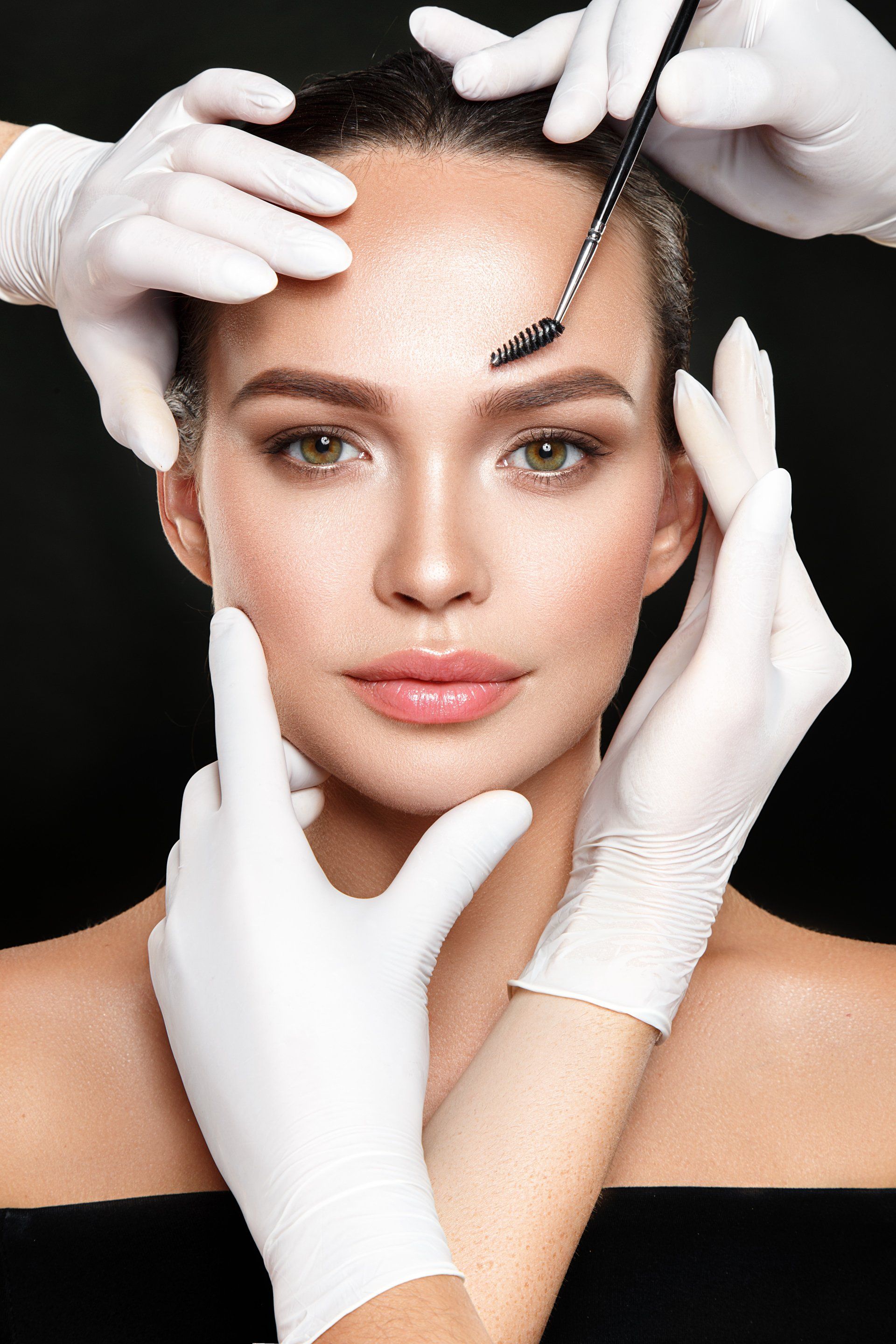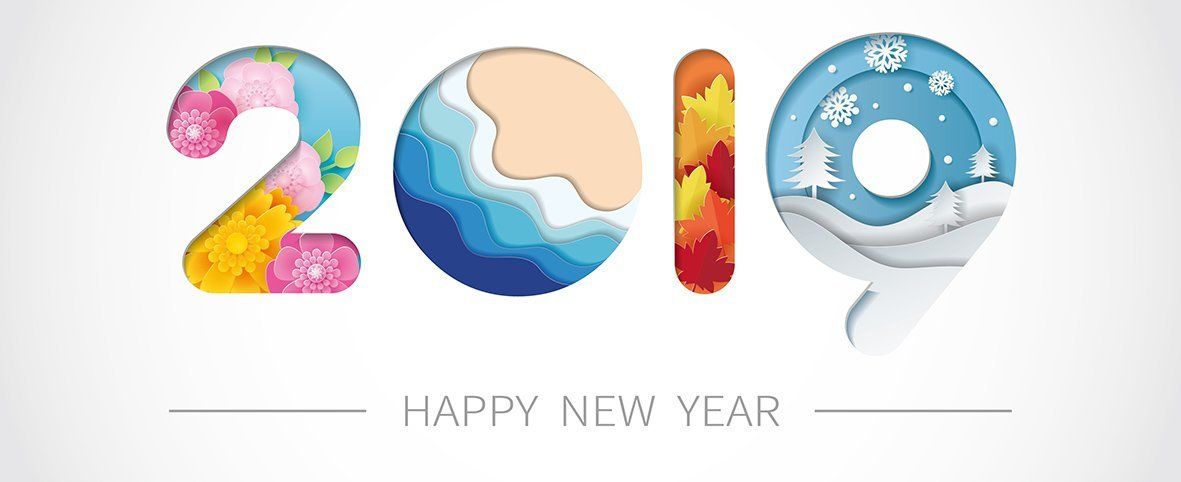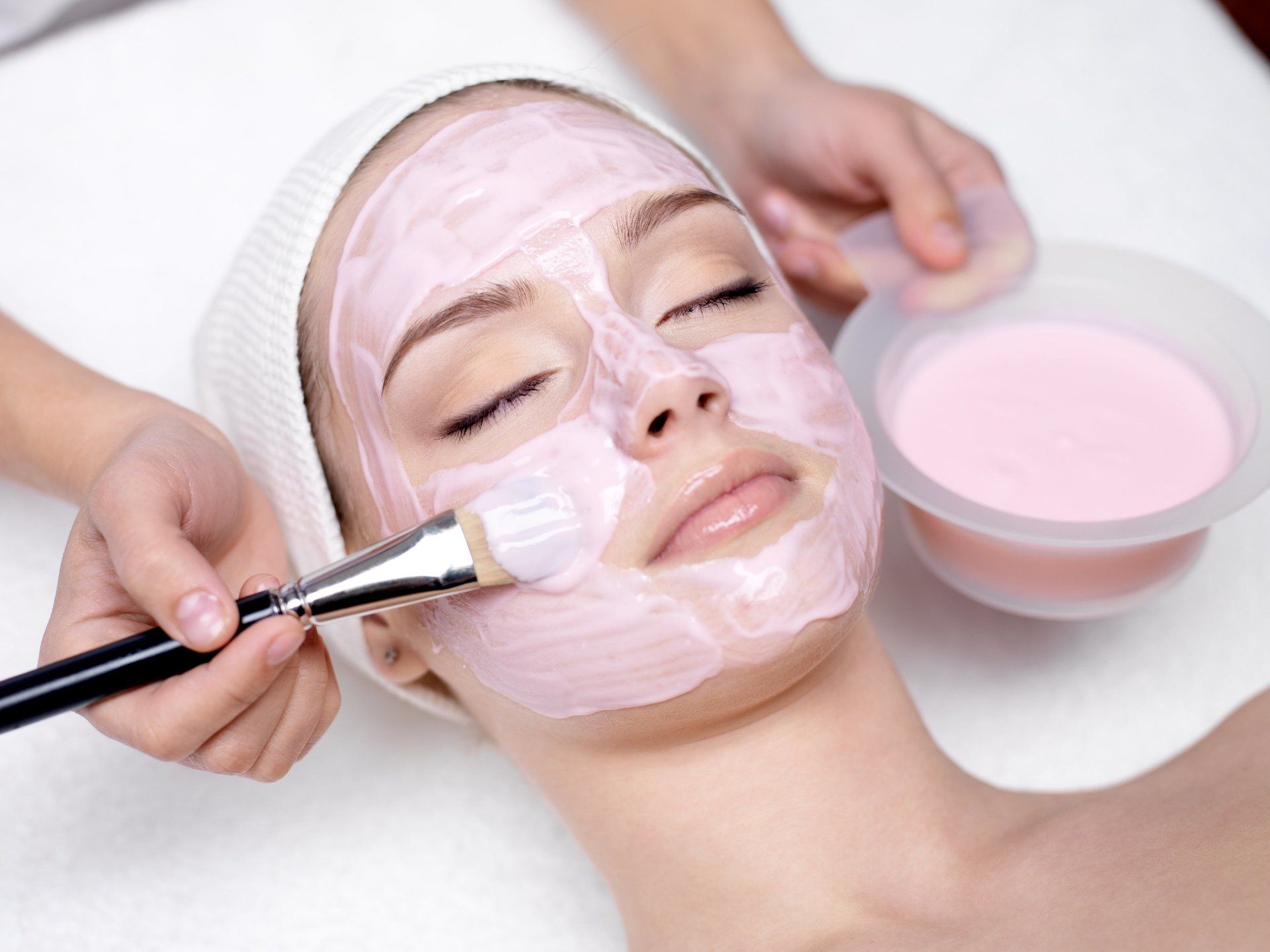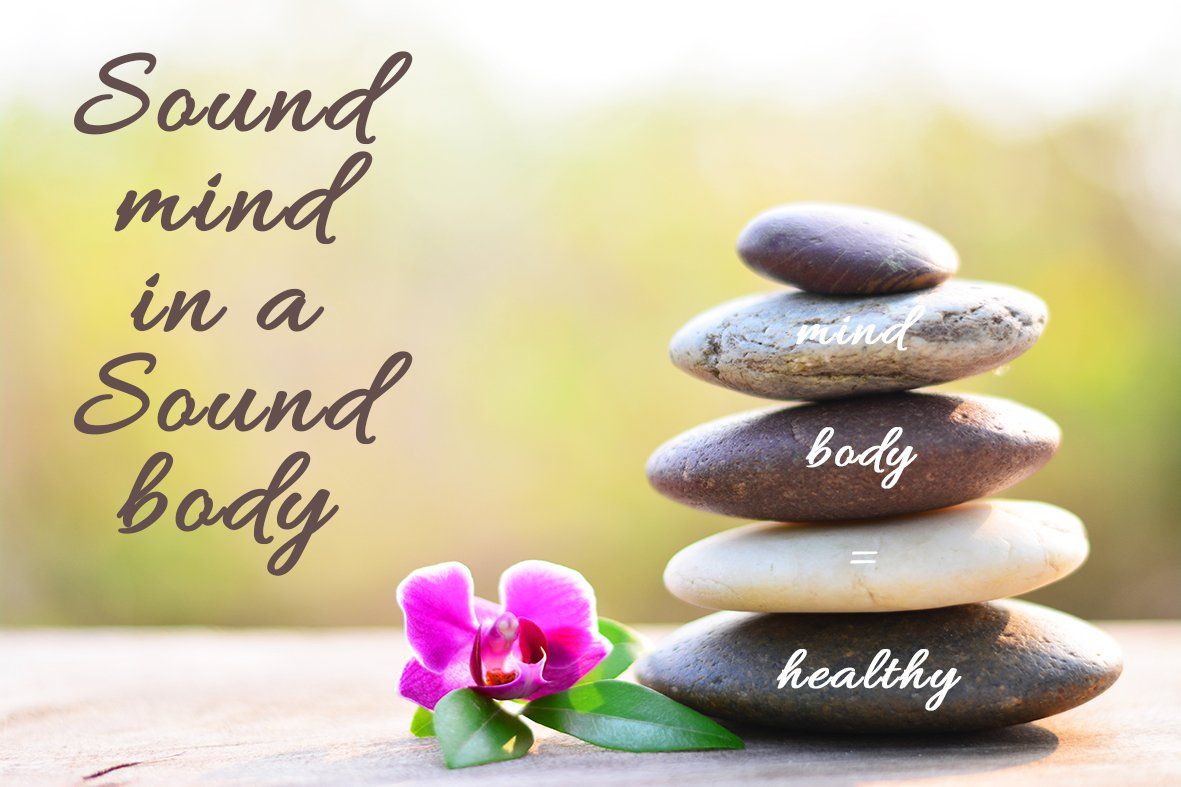Why Does My Skin Peel When I Get Sunburned, and What Should I Do About It?

What Happens?
A sunburn is a type of burn caused mainly by ultraviolet B radiation from the sun. It occurs after a body’s defenses are overwhelmed by too much exposure to this UV light. The toxic reaction that occurs is a sunburn.
People with fairer skin are at a higher risk for a serious sunburn — and the amount of exposure to UV rays you’ve received. First-degree sunburns can be red and painful to the touch, but affect only the epidermis, the outermost layer of the skin. Burns of this severity should heal within a few days.
Unfortunately, these burns can start to peel
(usually about three days after you sustain them).
What can you do?
When skin begins to peel, it is a sign the body is trying to rid itself of damaged cells. You can use many of the same techniques that apply to a non-peeling sunburn to get some relief. To relieve pain, you can take cold showers or baths and take ibuprofen or aspirin. Also, the best thing to do is moisturize the area with an aloe-vera or soy-based product. Moisturizing will help soothe sunburned skin, but be careful to avoid petroleum-based or other oil-based creams. These may trap heat and make your sunburn even worse. In addition, don’t forget to drink extra water to prevent dehydration.
Once skin starts to peel, continue to moisturize your skin, which helps peeling skin heal faster. Be sure to take extra care to protect and cover peeling skin as it heals.
What NOT to do...
It may be tempting to try to exfoliate a peeling sunburn in an attempt to remove the dead skin, but this isn’t a good idea. Do not pull off your peeling skin, and avoid active exfoliation. Peeling usually stops when the burn has healed — about seven days for mild to moderate burns.
With the heat still set to soar and summer only just beginning stay safe this summer.










